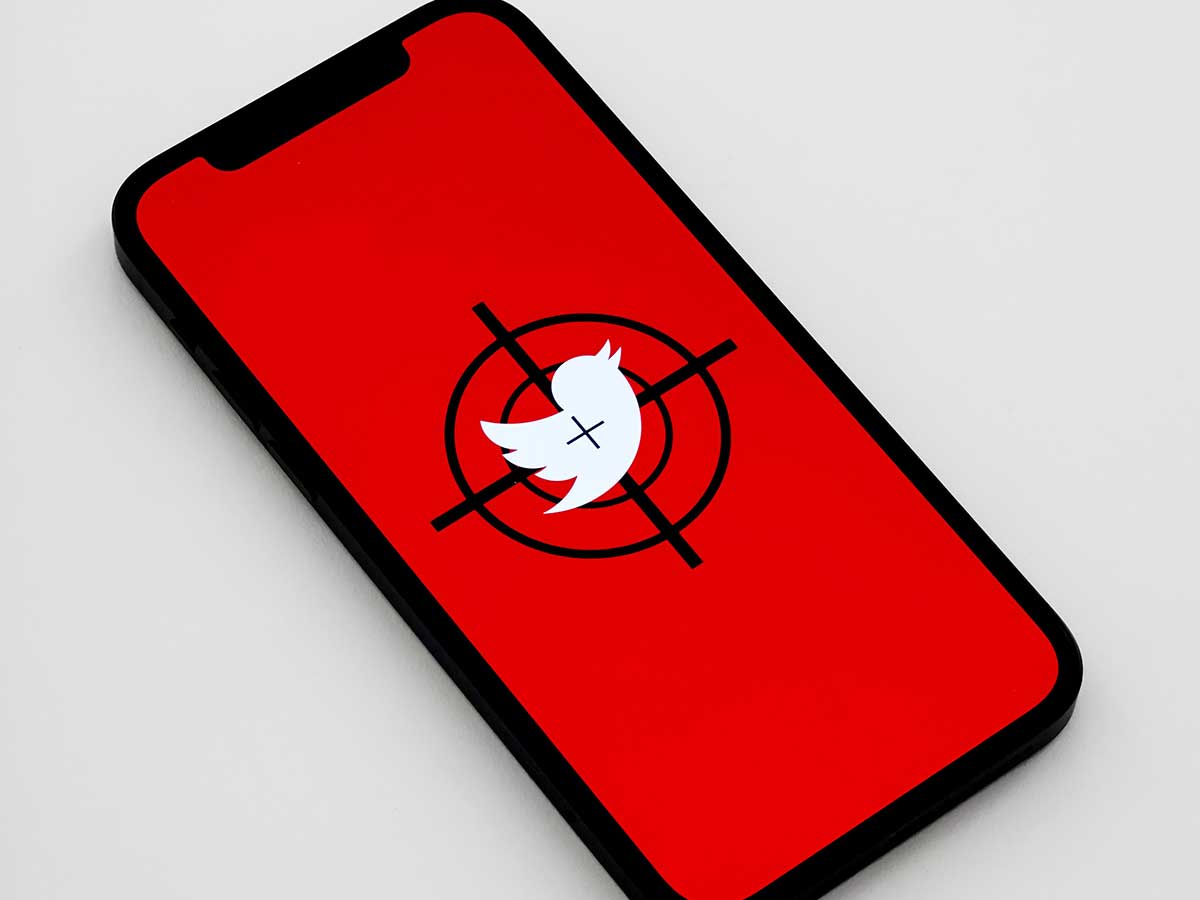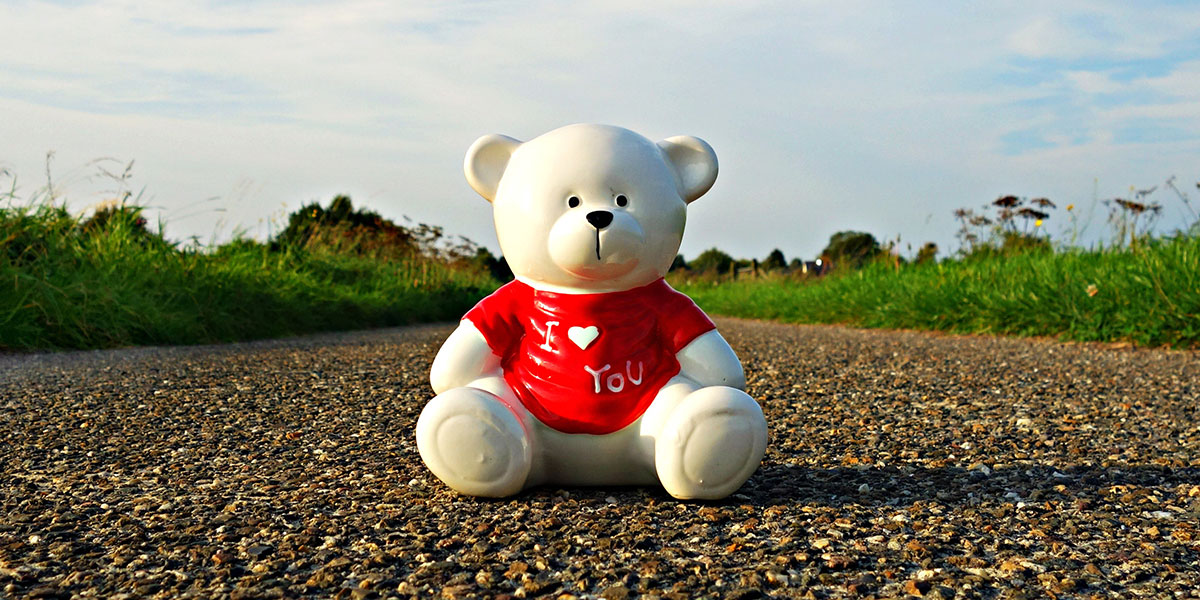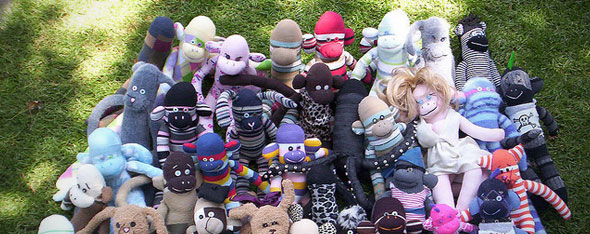
Coping with Branding Failure: How to Recover and Rebuild Your Brand
Brand failure happens to even the most successful companies. Learn how to identify the warning signs, recover from branding mistakes, and rebuild a stronger brand identity that resonates with your audience.




 Building Tactics For 2025](/_astro/expert-branding-tactics-2021.CNdddZPn.jpg)







































